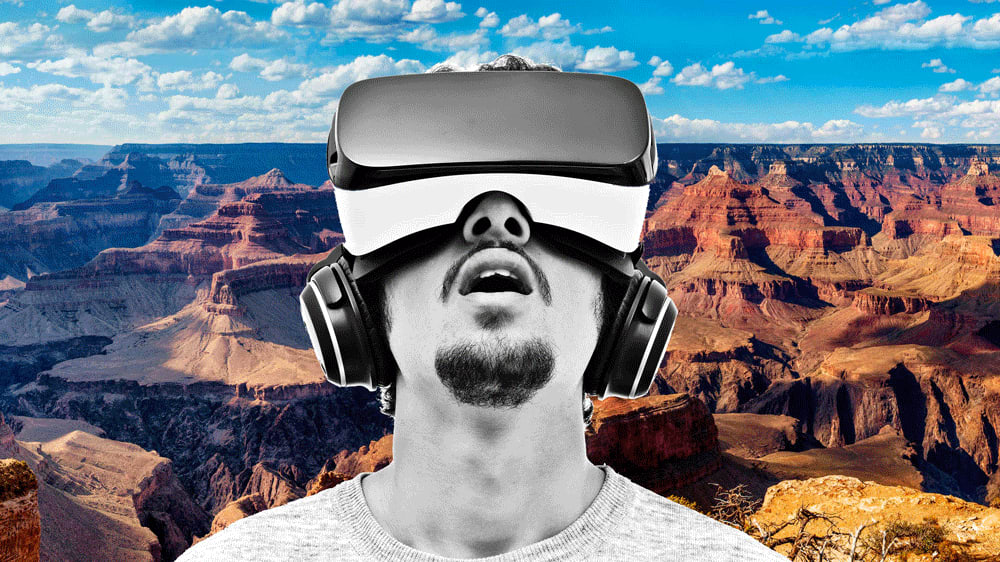Virtual travel has emerged as a powerful tool, transforming how we experience destinations. From the early days of panoramic images to the current capabilities of virtual reality (VR), the evolution of virtual travel is a testament to the rapid advancement of digital technology. These developments have made it possible for anyone to explore remote locations, historical sites, and cultural landmarks without physically being there. As these technologies have improved, so has the quality and depth of the experiences they provide, making virtual travel a viable alternative for those who are unable to travel traditionally.
The Role of Virtual Reality in Travel Experiences
Virtual Reality (VR) has been a game-changer in the realm of virtual travel. With VR headsets, users can immerse themselves in a 3D environment that replicates real-world locations. This technology allows for an unparalleled sense of presence, where users can look around, move through spaces, and interact with their surroundings in a way that closely mimics real life. Whether it’s walking through the streets of Paris, hiking through the Grand Canyon, or standing atop the Great Wall of China, VR brings these experiences to life in vivid detail. For travel enthusiasts and educators alike, VR offers a new way to explore and teach about the world.
Enhancing Storytelling with Digital Flipbooks
While VR offers a fully immersive experience, digital flipbooks add another layer of interactivity to virtual travel. Digital flipbooks allow creators to compile and present content in a visually engaging way, integrating images, videos, and interactive elements. For instance, a digital flipbook can serve as a virtual travel guide, providing readers with an interactive journey through a destination’s history, culture, and attractions. These flipbooks can include clickable maps, embedded videos of local events, and high-resolution images that allow users to explore a location in depth. The ability to combine various types of media into a single, cohesive narrative makes digital flipbooks an invaluable tool for enhancing virtual travel experiences.
Augmented Reality: Blending the Virtual and the Real
Another exciting development in the world of virtual travel is the use of Augmented Reality (AR). Unlike VR, which immerses users in a completely virtual environment, AR overlays digital content onto the real world. This technology allows users to view and interact with digital elements as they go about their everyday lives. For example, AR can be used to provide historical context to physical landmarks, showing users what a site looked like in the past or providing additional information as they explore. This blending of the virtual and real worlds creates a more enriching travel experience, offering a new perspective on familiar places.
The Future of Virtual Travel
As we look to the future, the potential for virtual travel continues to expand. With ongoing advancements in AI, 5G networks, and cloud computing, virtual travel experiences are set to become even more sophisticated and accessible. AI could personalize travel experiences based on individual preferences, while faster internet speeds and cloud-based processing could enable more detailed and expansive virtual worlds. Furthermore, the integration of various digital tools—such as VR, AR, and digital flipbooks—will allow for even more comprehensive and immersive travel experiences. These developments will not only change how we explore the world but also how we understand and connect with different cultures and histories.
Conclusion: Embracing a New Era of Exploration
The rise of virtual travel is more than just a technological trend; it represents a new era of exploration. By combining technologies like VR, AR, and digital flipbooks, we can create rich, immersive experiences that allow anyone to explore the world from anywhere. Whether you’re planning a future trip, educating others, or simply satisfying your curiosity, these tools provide endless possibilities for discovery. As we continue to innovate and expand these technologies, the future of travel will likely be as diverse and dynamic as the world itself.




